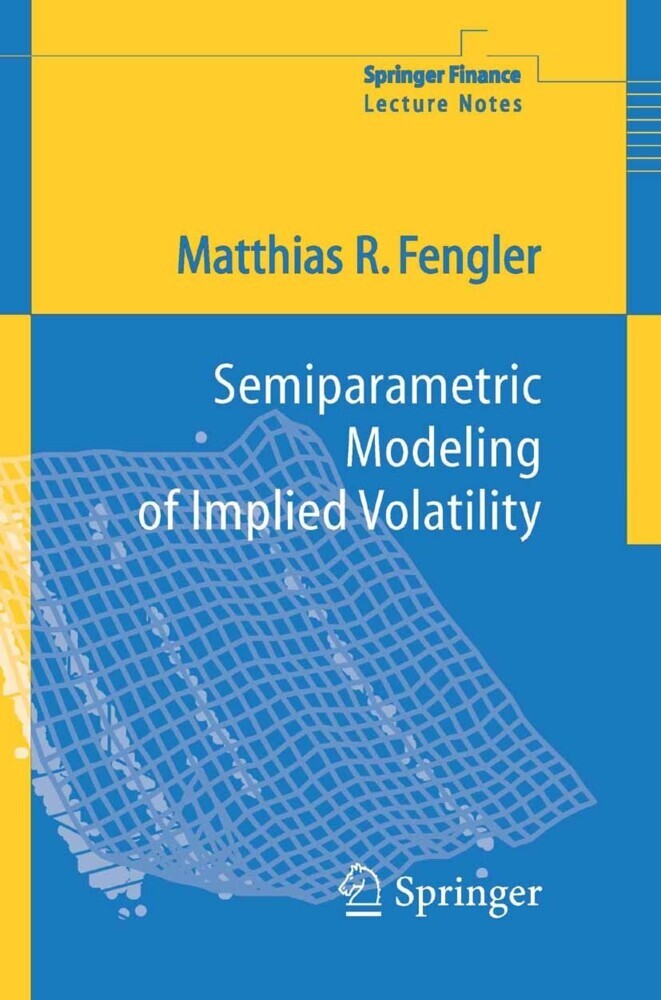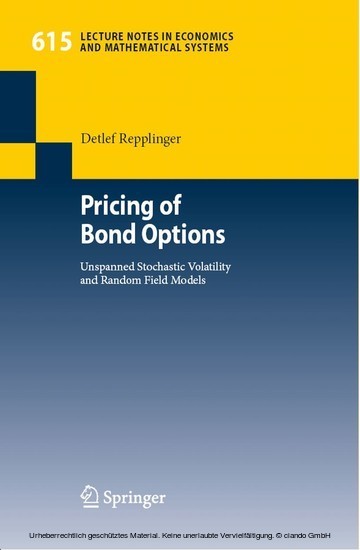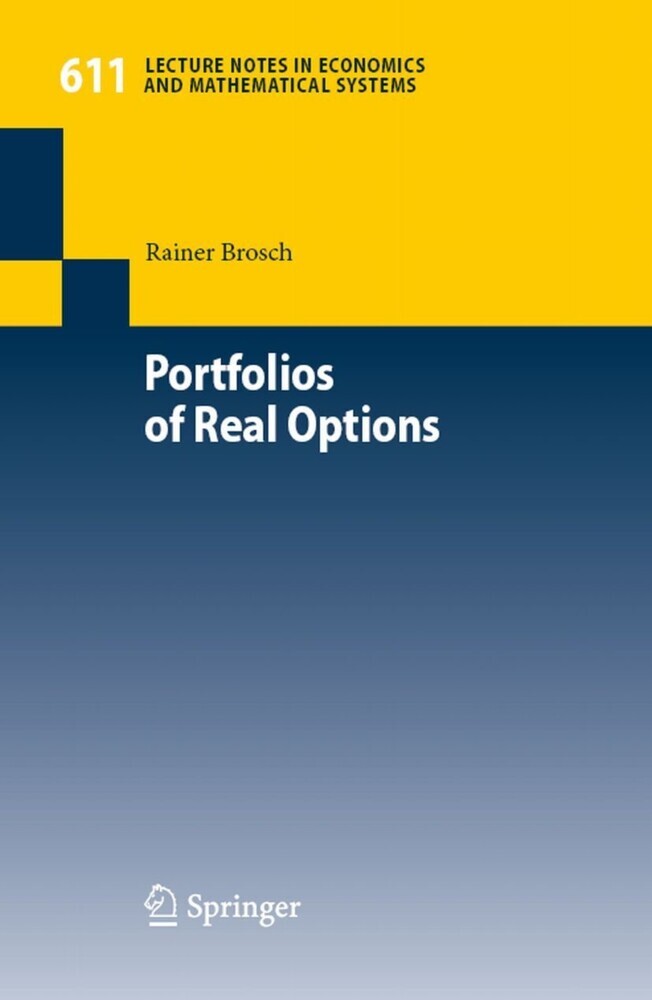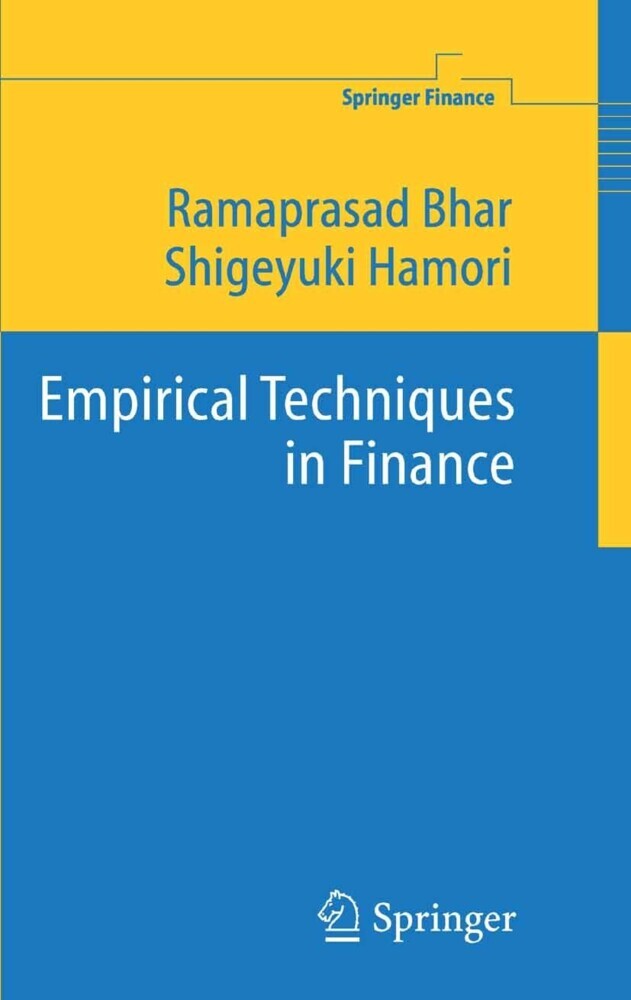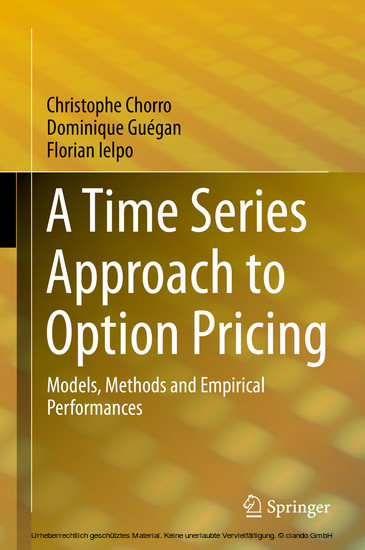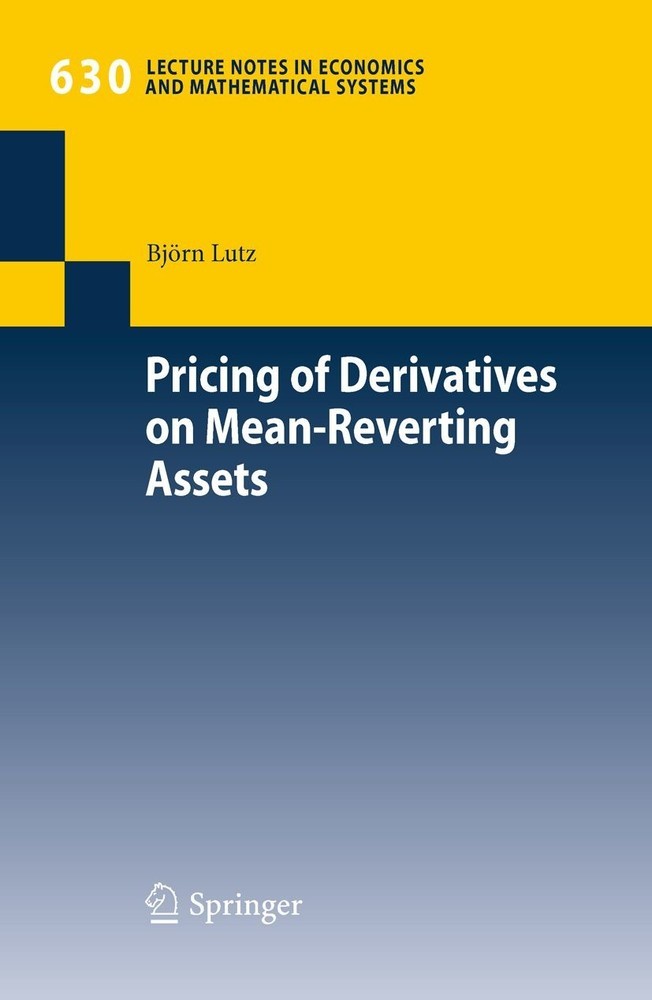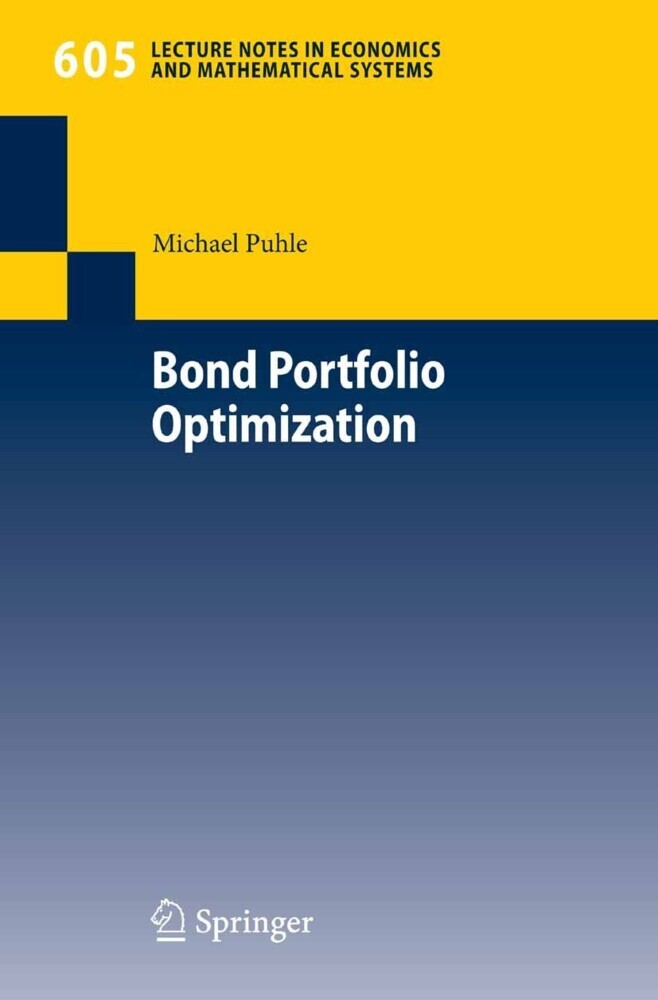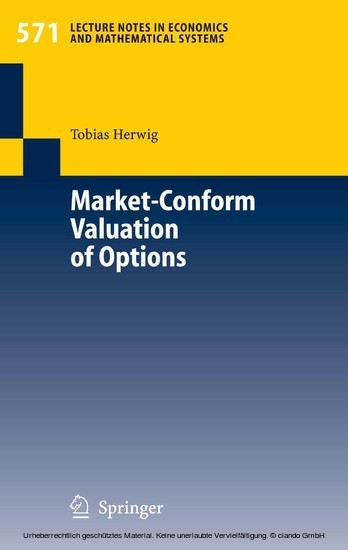Semiparametric Modeling of Implied Volatility
The implied volatility surface is a key financial variable for the pricing and the risk management of plain vanilla and exotic options portfolios alike. Consequently, statistical models of the implied volatility surface are of immediate importance in practice: they may appear as estimates of the current surface or as fully specified dynamic models describing its propagation through space and time.
This book fills a gap in the financial literature by bringing together both recent advances in the theory of implied volatility and refined semiparametric estimation strategies and dimension reduction methods for functional surfaces: the first part of the book is devoted to smile-consistent pricing appoaches. The theory of implied and local volatility is presented concisely, and vital smile-consistent modeling approaches such as implied trees, mixture diffusion, or stochastic implied volatility models are discussed in detail. The second part of the book familiarizes the reader with estimation techniques that are natural candidates to meet the challenges in implied volatility modeling, such as the rich functional structure of observed implied volatility surfaces and the necessity for dimension reduction: non- and semiparametric smoothing techniques.
The book introduces Nadaraya-Watson, local polynomial and least squares kernel smoothing, and dimension reduction methods such as common principle components, functional principle components models and dynamic semiparametric factor models. Throughout, most methods are illustrated with empirical investigations, simulations and pictures.
This book fills a gap in the financial literature by bringing together both recent advances in the theory of implied volatility and refined semiparametric estimation strategies and dimension reduction methods for functional surfaces: the first part of the book is devoted to smile-consistent pricing appoaches. The theory of implied and local volatility is presented concisely, and vital smile-consistent modeling approaches such as implied trees, mixture diffusion, or stochastic implied volatility models are discussed in detail. The second part of the book familiarizes the reader with estimation techniques that are natural candidates to meet the challenges in implied volatility modeling, such as the rich functional structure of observed implied volatility surfaces and the necessity for dimension reduction: non- and semiparametric smoothing techniques.
The book introduces Nadaraya-Watson, local polynomial and least squares kernel smoothing, and dimension reduction methods such as common principle components, functional principle components models and dynamic semiparametric factor models. Throughout, most methods are illustrated with empirical investigations, simulations and pictures.
1;Acknowledgements;8 2;Frequently Used Notation;9 3;Contents;13 4;1 Introduction;16 5;2 The Implied Volatility Surface;24 5.1;2.1 The Black-Scholes Model;24 5.2;2.2 The Self-Financing Replication Strategy;26 5.3;2.3 Risk Neutral Pricing;27 5.4;2.4 The BS Formula and the Greeks;29 5.5;2.5 The IV Smile;34 5.6;2.6 Static Properties of the Smile Function;42 5.6.1;2.6.1 Bounds on the Slope;42 5.6.2;2.6.2 Large and Small Strike Behavior;43 5.7;2.7 General Regularities of the IVS;45 5.7.1;2.7.1 Static Stylized Facts;45 5.7.2;2.7.2 DAX Index IV between 1995 and 2001;48 5.8;2.8 Relaxing the Constant Volatility Case;49 5.8.1;2.8.1 Deterministic Volatility;50 5.8.2;2.8.2 Stochastic Volatility;51 5.9;2.9 Challenges Arising from the Smile;55 5.9.1;2.9.1 Hedging and Risk Management;55 5.9.2;2.9.2 Pricing;57 5.10;2.10 IV as Predictor of Realized Volatility;57 5.11;2.11 Why Do We Smile?;58 5.12;2.12 Summary;61 6;3 Smile Consistent Volatility Models;62 6.1;3.1 Introduction;62 6.2;3.2 The Theory of Local Volatility;64 6.3;3.3 Backing the LVS Out of Observed Option Prices;66 6.4;3.4 The dual PDE Approach to Local Volatility;69 6.5;3.5 From the IVS to the LVS;70 6.6;3.6 Asymptotic Relations Between Implied and Local Volatility;75 6.7;3.7 The Two-Times-IV-Slope Rule for Local Volatility;77 6.8;3.8 The K-Strike and T -Maturity Forward Risk-Adjusted Measure;79 6.9;3.9 Model-Free (Implied) Volatility Forecasts;81 6.10;3.10 Local Volatility Models;82 6.10.1;3.10.1 Deterministic Implied Trees;82 6.10.2;3.10.2 Stochastic Implied Trees;95 6.10.3;3.10.3 Reconstructing the LVS;99 6.11;3.11 Excellent Fit, but...: the Delta Problem;103 6.12;3.12 Stochastic IV Models;106 6.13;3.13 Summary;109 7;4 Smoothing Techniques;112 7.1;4.1 Introduction;112 7.2;4.2 Nadaraya-Watson Smoothing;114 7.2.1;4.2.1 Kernel Functions;114 7.2.2;4.2.2 The Nadaraya-Watson Estimator;115 7.3;4.3 Local Polynomial Smoothing;117 7.4;4.4 Bandwidth Selection;119 7.4.1;4.4.1 Theoretical Framework;119 7.4.2;4.4.2 Bandwidth Choice in Practice;121 7.5;4.5 Least Squares Kernel Smoothing;130 7.5.1;4.5.1 The LSK Estimator of the IVS;130 7.5.2;4.5.2 Application of the LSK Estimator;132 7.6;4.6 Summary;138 8;5 Dimension-Reduced Modeling;140 8.1;5.1 Introduction;140 8.2;5.2 Common Principal Component Analysis;143 8.2.1;5.2.1 The Family of CPC Models;143 8.2.2;5.2.2 Estimating Common Eigenstructures;146 8.2.3;5.2.3 Stability Tests for Eigenvalues and Eigenvectors;149 8.2.4;5.2.4 CPC Model Selection;153 8.2.5;5.2.5 Empirical Results;154 8.3;5.3 Functional Data Analysis;170 8.3.1;5.3.1 Basic Set-Up of FPCA;171 8.3.2;5.3.2 Computing FPCs;172 8.4;5.4 Semiparametric Factor Models;175 8.4.1;5.4.1 The Model;177 8.4.2;5.4.2 Norming of the Estimates;181 8.4.3;5.4.3 Choice of Model Parameters;182 8.4.4;5.4.4 Empirical Analysis;186 8.4.5;5.4.5 Assessing Prediction Performance;197 8.5;5.5 Summary;199 9;6 Conclusion and Outlook;202 10;A Description and Preparation of the IV Data;204 10.1;A.1 Preliminaries;204 10.2;A.2 Data Correction Scheme;205 11;B Some Results from Stochastic Calculus;210 12;C Proofs of the Results on the LSK IV Estimator;216 12.1;C.1 Proof of Consistency;216 12.2;C.2 Proof of Asymptotic Normality;218 13;References;222 14;Index;236
Fengler, Matthias R.
| ISBN | 9783540305910 |
|---|---|
| Artikelnummer | 9783540305910 |
| Medientyp | E-Book - PDF |
| Copyrightjahr | 2005 |
| Verlag | Springer-Verlag |
| Umfang | 224 Seiten |
| Sprache | Englisch |
| Kopierschutz | Digitales Wasserzeichen |

